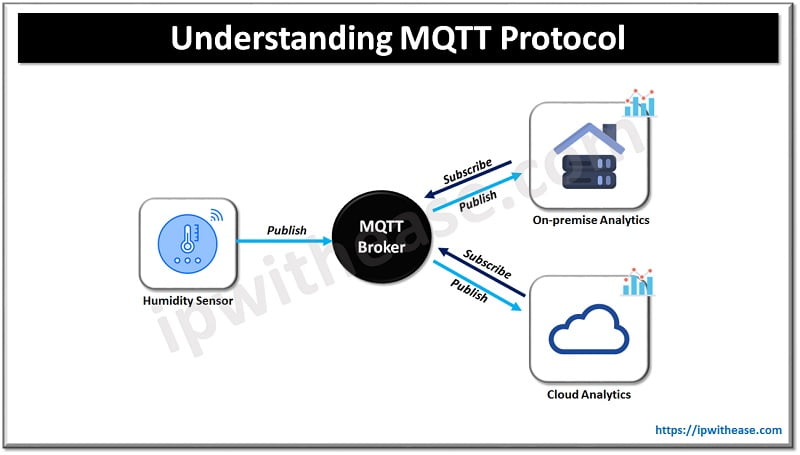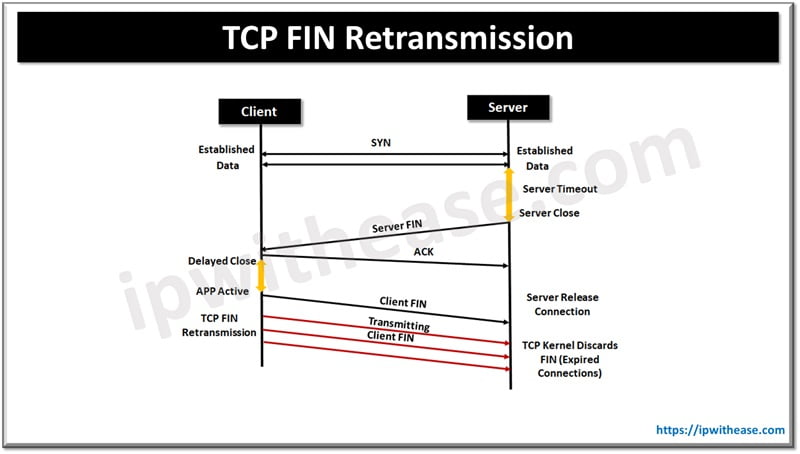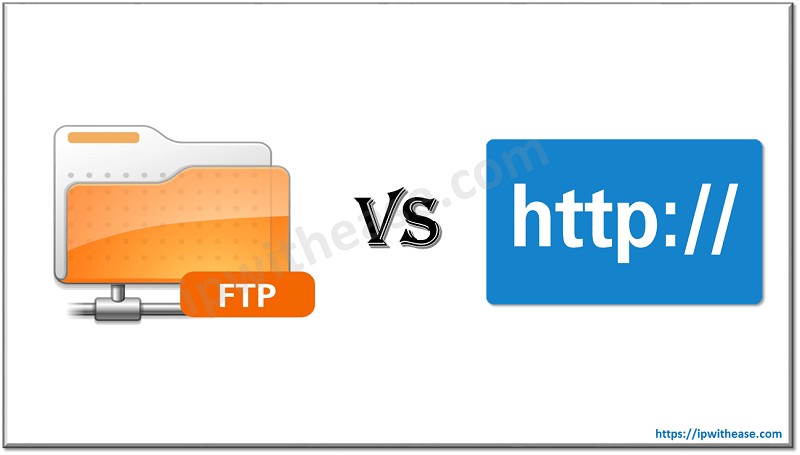Table of Contents
The Internet of Things (IoT) has revolutionized the way we communicate with machines and devices. It has enabled us to collect data, monitor and control devices, and even automate processes. But, how do we make sure that the data is secure and reliable? That’s where the MQTT protocol comes into play.
What is the MQTT Protocol?
MQTT stands for Message Queuing Telemetry Transport. It is an application layer protocol that is used to send messages between two or more devices over a network. It is an open standard lightweight protocol, which means that it is designed to be low-bandwidth and low-power. It is optimized for use in constrained environments, such as IoT networks, where bandwidth and power are at a premium.
MQTT is based on a publish/subscribe model. In this model, publishers send messages to a broker, which then distributes the messages to other devices which have subscribed to that topic. This makes it ideal for scenarios where devices need to communicate with each other.
Benefits of MQTT Protocol
There are several benefits to using the MQTT protocol.
- As it is a lightweight protocol, it is ideal for use in constrained environments, such as IoT networks.
- As it is based on a publish/subscribe model, it is easy to scale and extend existing systems without having to rewrite code or deploy new hardware.
- It is open standard and free to use and is supported by several vendors. This makes it easy to integrate with existing systems and deploy in a wide range of scenarios.
- MQTT is secure. It uses TLS (Transport Layer Security) to encrypt messages and authenticate devices. This ensures that data is secure and can only be accessed by authorized users.
- MQTT is reliable. It can guarantee message delivery, even if the network is unreliable or the devices are offline.
Understanding MQTT Protocol Architecture
MQTT is based on a client-server architecture. In this architecture, clients publish messages to a broker, which then distributes the messages to other clients that have subscribed to the topic.
The broker is the central hub that manages the messages. It stores messages and maintains a log of all messages sent and received. The broker is responsible for routing messages and managing the subscriptions.
The clients are the devices that publish and subscribe to topics. They connect to the broker and send messages.

How MQTT Protocol Works
MQTT works by sending messages over a network. The messages are sent in a “topic” format, which allows for a hierarchical structure. The topic structure allows for flexible routing of messages.
The message format is JSON (JavaScript Object Notation). This format is lightweight and easy to parse, making it ideal for IoT devices.
When a client publishes a message, it is sent to the broker. The broker then distributes the message to any clients that have subscribed to the topic.
MQTT Protocol in the Internet of Things (IoT)
- MQTT is the perfect protocol for the IoT. It is lightweight and low-power, making it ideal for constrained environments. It is also secure, reliable, and open standard, making it easy to integrate with existing systems.
- MQTT is used in a wide range of IoT applications. It is used to send data from sensors and devices, such as temperature and humidity sensors, to the cloud. It is also used to control devices, such as lights and thermostats.
- MQTT is a popular protocol for IoT applications because it is fast, secure, and reliable. It can handle a large number of connections and is easy to scale and extend.
MQTT Protocol Security
Security is an important consideration for any IoT application. MQTT is secure by design. It uses TLS (Transport Layer Security) to encrypt messages and authenticate devices. This ensures that data is secure and can only be accessed by authorized users.
MQTT also supports access control lists (ACLs). These allow you to specify who can access what data. This makes it easy to control who can access data and ensure that only authorized users have access.
MQTT Protocol Messaging
MQTT messaging is based on a publish/subscribe model. Publishers send messages to a broker, which then distributes the messages to other devices which have subscribed to that topic. The broker also stores messages and maintains a log of all messages sent and received.
The messaging model makes it easy to scale and extend existing systems without having to rewrite code or deploy new hardware. It also makes it easy to control who can access data and ensure that only authorized users have access.
MQTT Protocol Implementation
MQTT is implemented in a wide range of languages, including C, C++, Java, Python, and JavaScript. It is also supported by several vendors, including IBM, Microsoft, and Amazon.
MQTT is a popular protocol for IoT applications as discussed above.
MQTT Protocol Programming
MQTT is a popular protocol for programming IoT applications. Programming with MQTT is straightforward. You can use the MQTT library to connect to the broker and publish/subscribe to topics. The library also provides a range of functions for managing connections and messages.
Conclusion
The MQTT protocol is a powerful and reliable protocol for the Internet of Things (IoT). It is lightweight, secure, and open standard. It is also easy to learn. So, if you are looking to take advantage of the power of the MQTT protocol for your IoT applications, now is the time to start learning.
Continue Reading:
IoT Applications and Tools in Farming
Difference between M2M and IoT
ABOUT THE AUTHOR

You can learn more about her on her linkedin profile – Rashmi Bhardwaj



